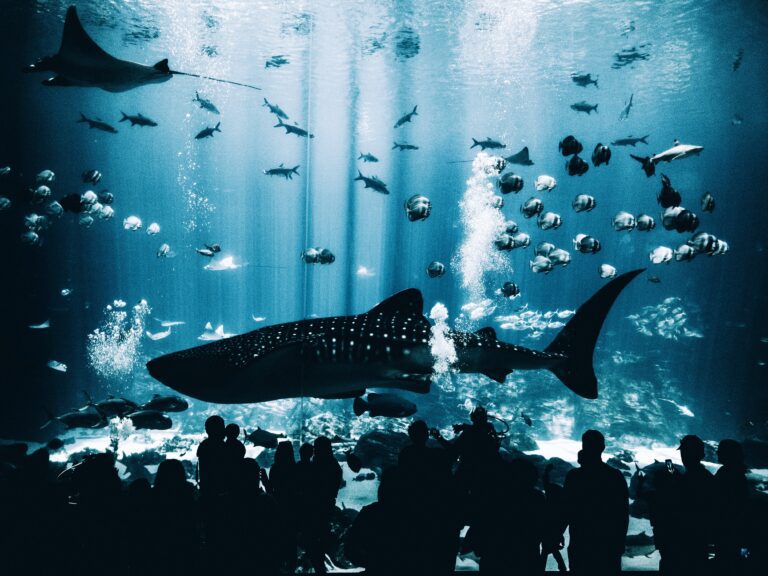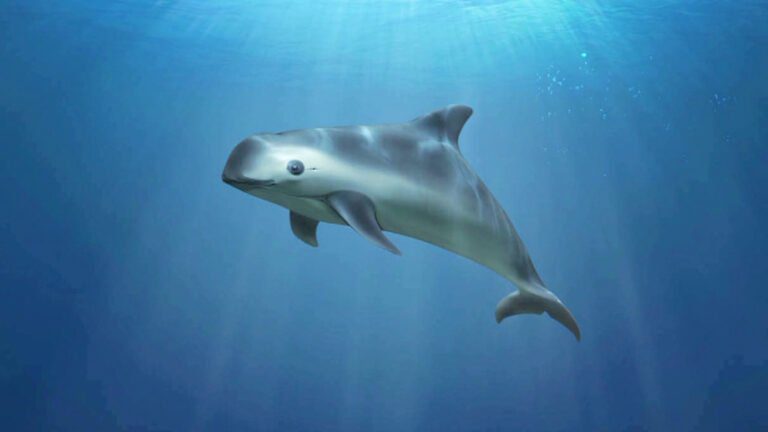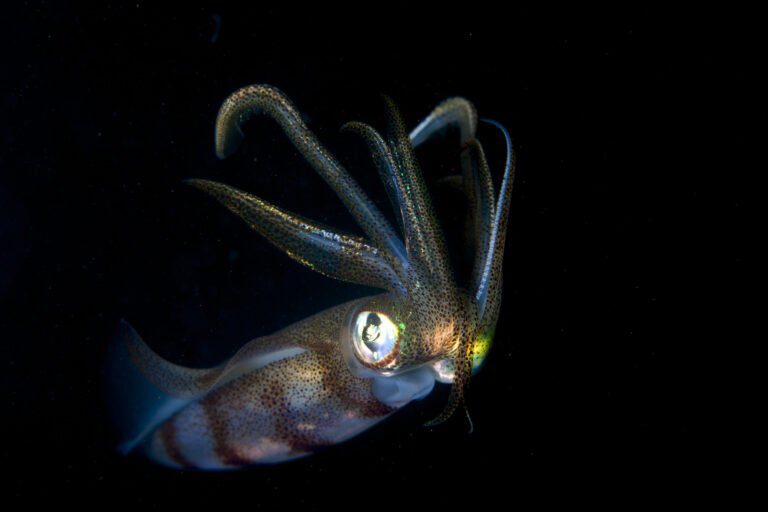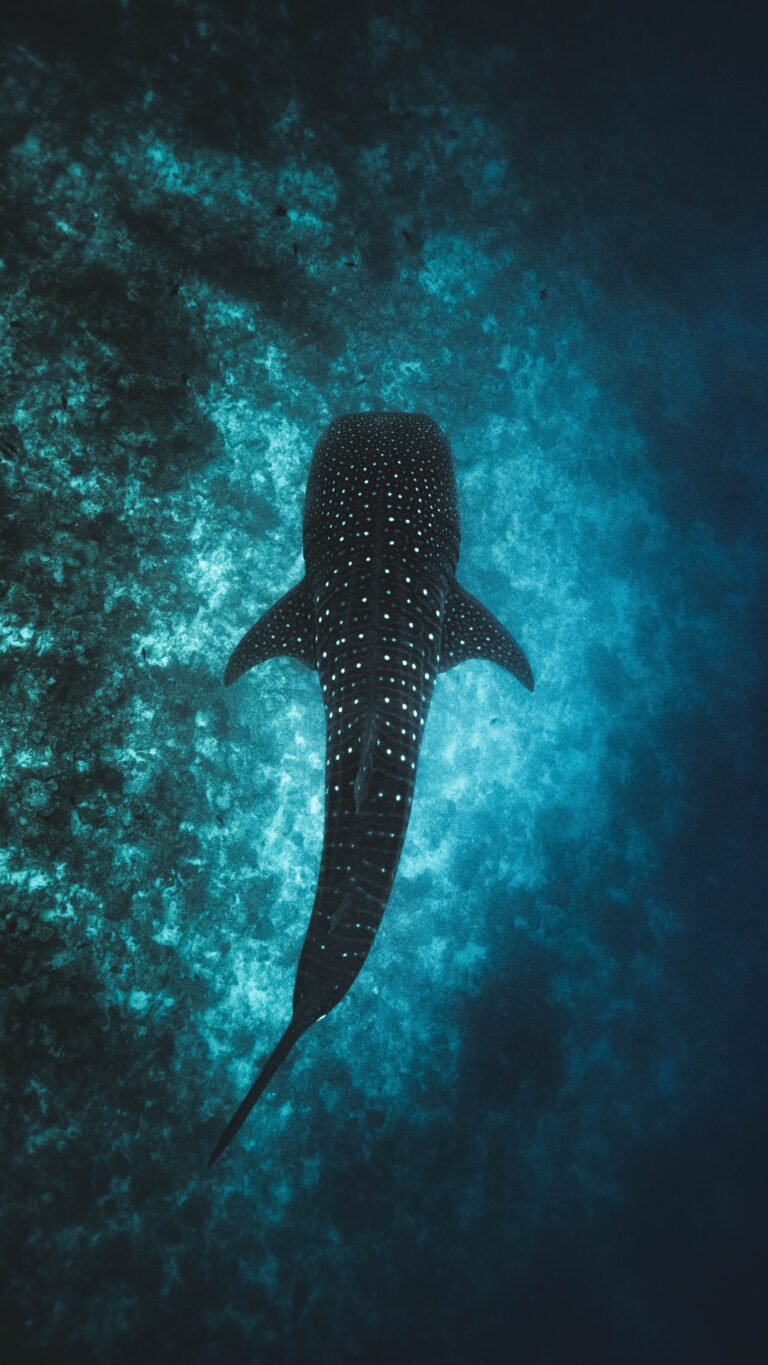Microplastics, What Are They And Are They A Problem for Wildlife?
I recently bought a hat from 4ocean that helped to fund removing plastic from the ocean. While wearing this hat it has lead to a few conversations about what the logo means and thus a conversation about plastic pollution. I was asked how using plastic straws in the middle of the country would affect the ocean. I looked into a little more and here is some of what I found out.
What are Microplastics?
Microplastics are tiny plastic particles, defined as plastics less than five millimeters (0.2 inches) in diameter. They come from a variety of sources. Primary sources include those designed for commercial use, such as those used in cosmetics (like microbeads in facial scrubs), or microfibers shed from clothing or fishing nets. Secondary microplastics are particles broken down by sun and waves from larger plastics, like water bottles, bags, and straws. As these plastics don’t degrade or breakdown like some material does, this allows it to break into smaller and smaller pieces.

How do microplastics get into water systems?
Microplastics are so small they become airborne, swept about by the wind and blown into streams, lakes, and oceans. They also are caught up in rainfall and washed into a water system. A study by Brahney et al. shows that even remote areas are affected by microplastics carried by rain, read about it here. We have hiked at Zion National Park its beautiful and you can look around and see nothing man made… it’s sad to think that our plastic waste can end up there, carried in the rain. Our waste water also contains these pollutants as well and they can slip through our filtration systems because they are so small.
There is also the problem of larger plastic waste that ends up in our oceans and lakes. These items pose their own problems for wildlife but can fragment over time into smaller and smaller pieces and become microplastics as well.
Are biodegradable plastics better?
Plastics that are labeled as biodegradable may break down in industrial composting facilities but are not designed to quickly break down in household composting, natural soil, or marine environments. These plastics also stay in the Great Lakes or oceans for an indefinite amount of time. Read more at: https://marinedebris.noaa.gov/discover-marine-debris/mystery-how-long-until-it-s-gone
How do microplastics affect wildlife?
Microplastics are the same size as some food eaten by marine wildlife. When plastics enter their digestive tracts it causes abrasions and tears, affects their nutritional intake, and leads to a stomach full of plastic instead of food. Microplastics also absorb toxins and pesticides from the environment, then leech them out into an unfortunate animal.

There have been multiple studies done on the affects of plastics on wildlife. We know larger plastic pollution has a detrimental effect on wildlife, but they are mixed on microplastics. Some studies show shorter lives, decreased appetites, changes in the number of offspring, and speed of swimming. While others did not detect any noticeable changes. The difference in findings could be due to different experimental designs and the varied definitions of microplastic, as it is a new and evolving area of interest. We all can agree that in the long run ingesting plastic doesn’t sound good for anyone!
What Can We Do?
Use less plastic!
Small changes can help, try refilling your own water bottles, using metal straws instead of single use plastics, and not using single use plastic bags at the grocery store. We bought and really like these metal straws with a comfy silicon tip. (affiliate link)
By reducing and reusing what we buy, and recycling what we can, we can reduce the market for many uses of plastic. Microfibers are released from our clothes during washing. Find solutions surrounding laundry habits here.
Governments are looking into solutions that can help with the microplastic problem. Support any legislation you see proposing restrictions or bans on including microplastics in product or on single use plastics.






